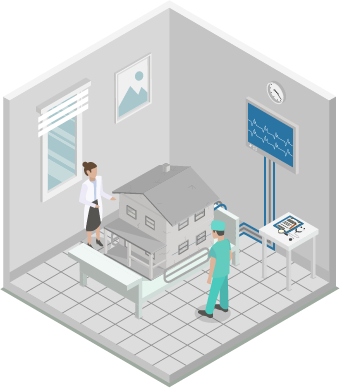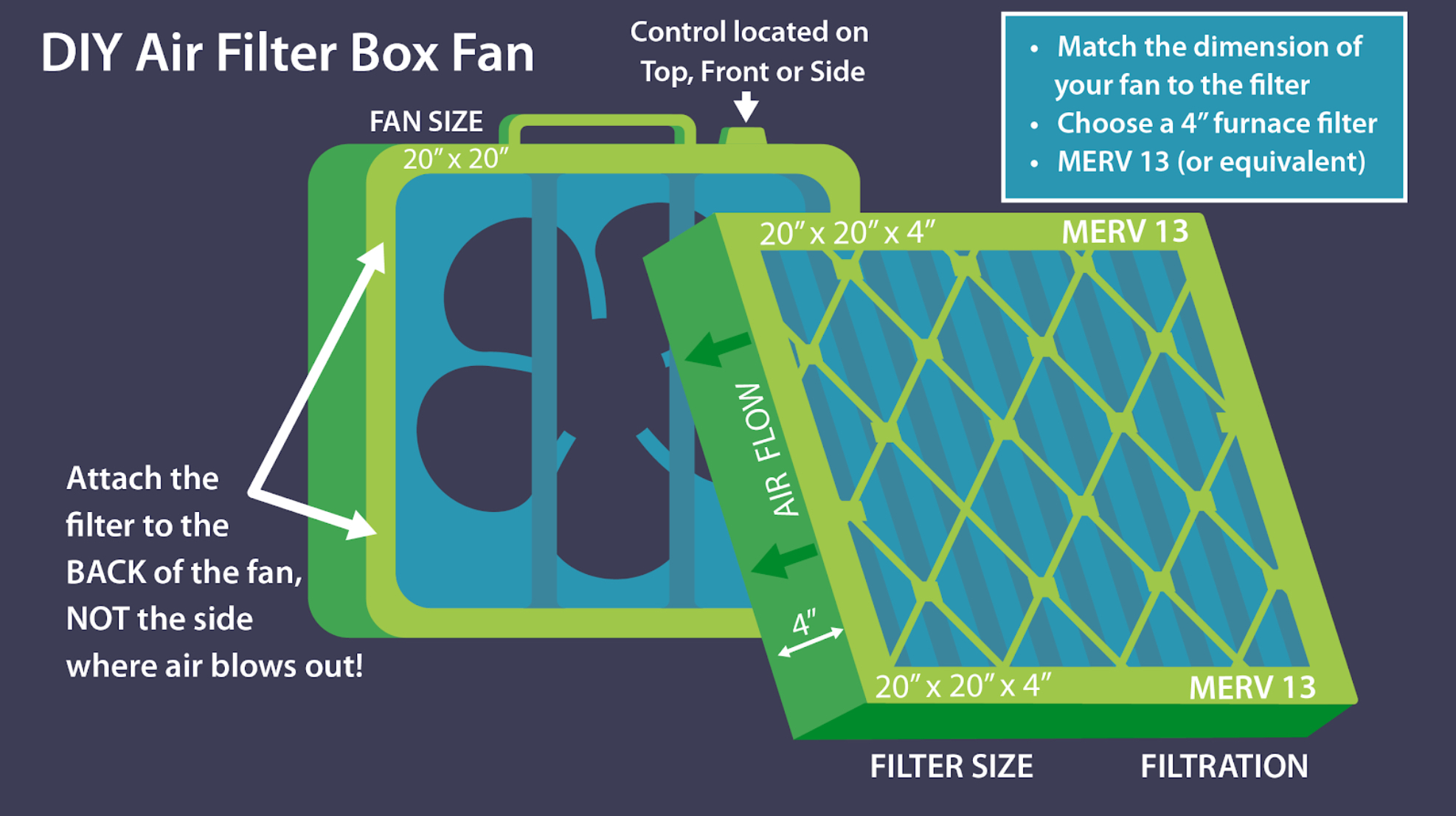You may love nothing more than relaxing on the sofa after a long day or curling up on your mattress to sleep at night. Unfortunately, if you have an upholstered sofa with foam pillows or a foam mattress, you may also be getting exposed to toxic chemicals. You know what happens when you sit on a whoopee cushion and all the air rushes out? The same thing happens when you sit on a sofa, all the air that was filling the cushions rushes out, carrying with it a cloud of chemical particulates that stays airborne for you to breathe. Walking on a foam carpet pad or laying down on foam mattress produces the same effect.
A hazardous class of flame retardant chemicals commonly found in furniture and household products damages children’s intelligence, resulting in loss of IQ points, according to a new study by UC San Francisco researchers.
The study, published in Environmental Health Perspectives (August 2017) included the largest meta-analysis performed on flame retardants to date and presented strong evidence of polybrominated diphenyl ethers’ (PBDE) effect on children’s intelligence.
The study comes as the debate over flame retardant chemicals continues to flare up. Despite a variety of bans, phase-outs, and other regulatory efforts from both states and international bodies, nearly everyone is still exposed to PBDEs.
Though two forms of PBDEs withdrawn from the US market 12 years ago, foam items such as mattress pads, couches, easy chairs, pillows (including breastfeeding pillows), and carpet padding purchased before 2005, are likely to have them. They were also used in vehicle seating, car seats, and office furniture. One form of PBDE is still used in electronics and is required by some states’ fire code regulation to be used in baby products, and upholstered furniture and mattresses.
PBDEs and similar flame retardants are especially concerning because they aren’t chemically bonded to the foams they protect. Instead, they are merely mixed in, so can easily leach out from the foam in furniture and into indoor air, house dust, food, and eventually, our bodies. And when the effects of PBDEs are combined with those of other toxic chemicals such as from building products or pesticides, the result is a chemical cocktail with serious effects.
Researchers discovered that every 10-fold increase in a mom’s PBDE levels led to a drop of 3.7 IQ points in her child. A 3.7-point decrease in IQ might not sound like a lot, but on a population-wide level, it means more children who need early interventions and families who may face personal and economic burdens for the rest of their lives. The researchers also found some preliminary evidence of a link between PBDE exposures and attention deficit hyperactivity disorder (ADHD).
The University of California, San Francisco (UCSF) offers great advice for avoiding PBDEs – a good idea even if you aren’t pregnant. Click here to download the UCSF Guide.
Chemicals are one of the major things that can impact indoor air quality and your health. Learn about what else in your home may be impacting your indoor air and steps you can take to address the issues by getting your Hayward Score today!
Hayward Score helps you discover how your home may be impacting your health in minutes – – for FREE!
Answer a quick set of questions then get a personalized list of action items. Transform your home and health today!

ARE YOU CONCERNED YOUR HOME IS MAKING YOU SICK?
Our guide on indoor quality will help you diagnose possible issues and implement intelligent solutions to improve the quality of the air inside your home.















